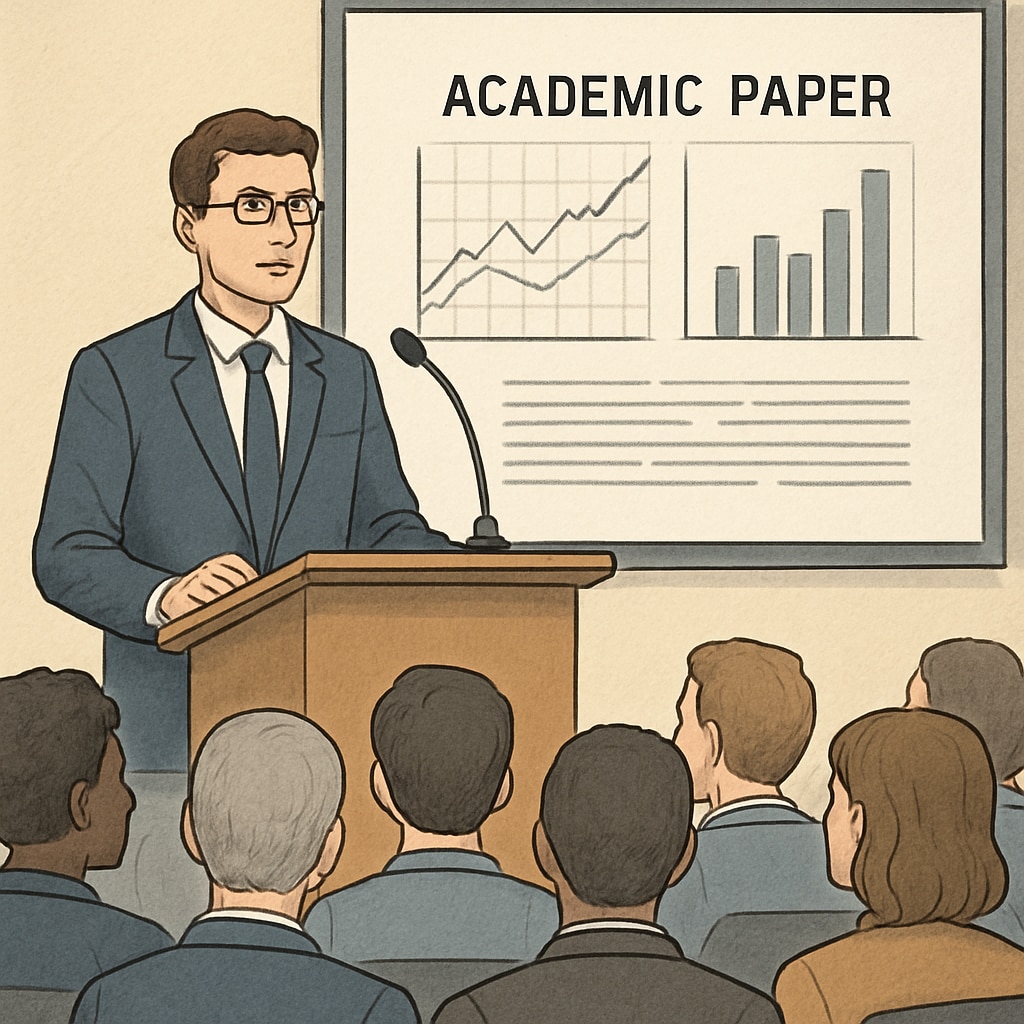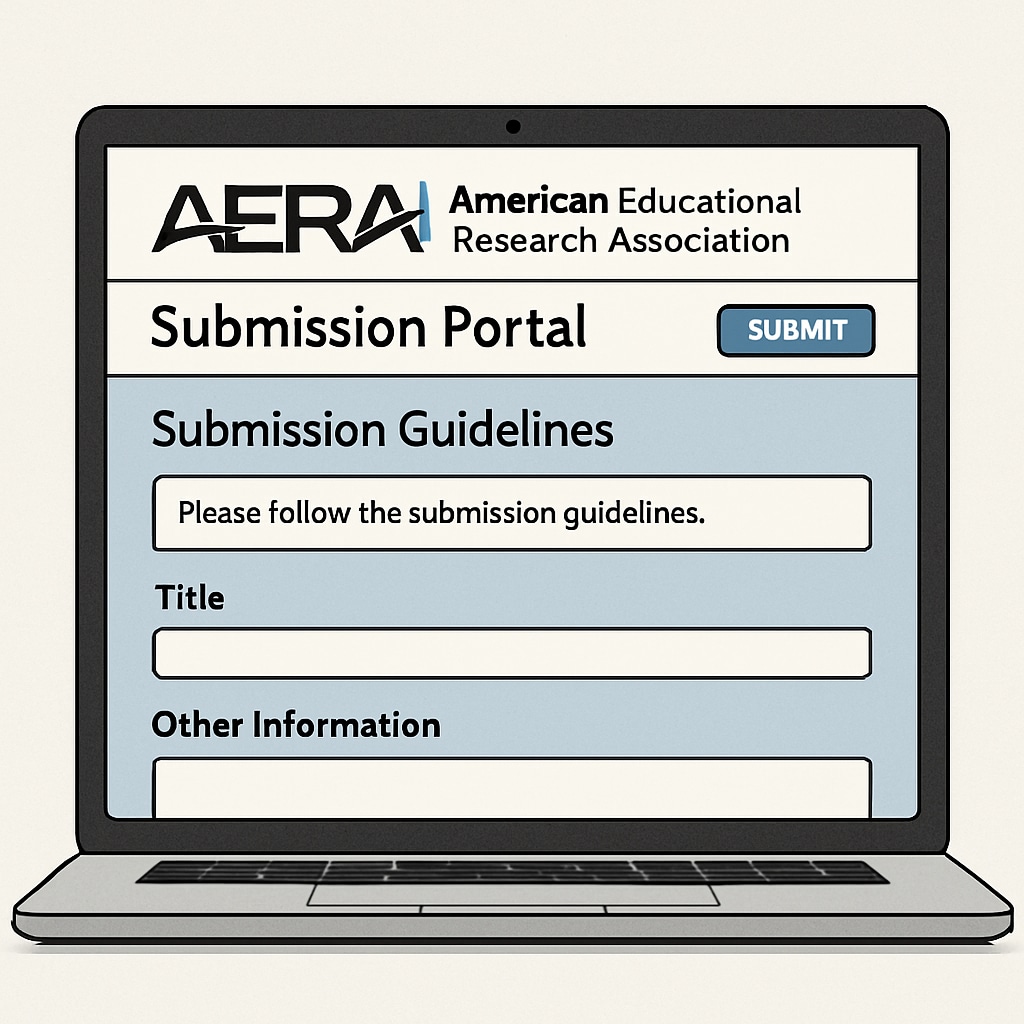The American Educational Research Association (AERA) annual meeting is a highly competitive platform for researchers in the field of education. With its focus on advancing knowledge and promoting dialogue on pressing educational issues, the AERA conference has become a sought-after venue for K-12 education researchers. However, the acceptance rate for submissions can be daunting for first-time participants. This article explores the factors influencing acceptance rates and provides actionable strategies to maximize your chances of success.
Understanding AERA Conference Submission and Acceptance Rates
Before diving into strategies, it’s essential to understand the context of AERA’s submission process and acceptance rates. The AERA conference attracts thousands of submissions each year, covering a wide array of topics within education research. According to recent data, acceptance rates typically range between 20% and 30%, depending on the division or special interest group (SIG) to which you submit. This variability underscores the importance of tailoring your submission to fit the expectations and priorities of your chosen division or SIG.
Several factors impact acceptance rates, including:
- Relevance: Papers that align closely with the division or SIG’s themes are more likely to be accepted.
- Originality: Innovative research questions and unique methodologies stand out in the review process.
- Clarity: Well-structured abstracts and clear writing are crucial in conveying the significance of your work.

Strategies to Improve Your AERA Submission Success
While the competition is fierce, there are several strategies to enhance the likelihood of your paper being accepted:
- Select the Right Division or SIG: Research the focus areas of various AERA divisions and SIGs to identify the best fit for your study. Tailoring your paper to their specific priorities significantly boosts your chances.
- Craft a Compelling Abstract: The abstract is your first impression. Ensure it clearly outlines your research question, methodology, findings, and significance in a concise manner.
- Engage with AERA Content: Familiarize yourself with past conference proceedings, journals, and session formats to understand the type of work typically accepted.
- Collaborate and Seek Feedback: Collaborating with experienced researchers or mentors can provide valuable insights. Additionally, having peers review your submission helps refine its quality.
- Adhere to Submission Guidelines: Follow AERA’s detailed submission requirements, including formatting and word count. Non-compliance can lead to automatic disqualification.
By implementing these strategies, you not only improve your submission but also deepen your understanding of the academic discourse within AERA’s community.

Conclusion: Preparing for Success at AERA
The AERA annual meeting offers an unparalleled opportunity to showcase your research and connect with leading scholars in education. While the acceptance rates may seem challenging, understanding the review process and tailoring your submission to meet the expectations of specific divisions or SIGs can significantly enhance your chances. By focusing on relevance, originality, and clarity—and by leveraging the strategies outlined above—you can position yourself for success in this competitive academic arena.
For more information on the AERA conference and its divisions, visit the official AERA website. Additional insights into academic writing strategies can also be found on Britannica’s education resources.
Readability guidance: Use concise paragraphs and clear headings to guide the reader. Lists and examples help break down complex concepts. Ensure each strategy is actionable and supported by evidence or examples.


